Rigid
In science, the term "rigid" refers to an object or material that does not easily bend, flex, or deform when a force is applied to it. Rigid objects maintain their shape and structure when subjected to external forces, making them valuable in various applications.
Properties of Rigid Objects:
- Stiffness: Rigid objects have high stiffness, meaning they offer significant resistance to deformation when forces are applied.
- No Flexibility: Unlike flexible materials, rigid objects do not bend or stretch easily.
- Stability: Rigid objects maintain their stability and structural integrity, making them suitable for supporting loads and maintaining shape.
Examples of Rigid Objects:
Some common examples of rigid objects include:
Applications of Rigid Materials:
Rigid materials are used in various fields and applications, such as:
- Construction: Steel beams and concrete blocks are used to create rigid structures in buildings and bridges.
- Engineering: Rigid materials are essential for creating stable and durable mechanical components in machines and equipment.
- Infrastructure: Rigid pipes and conduits are used for plumbing, electrical wiring, and underground utilities.
- Manufacturing: Rigid materials are used in the production of tools, fixtures, and industrial equipment.
Study Guide:
When studying the concept of "rigid," consider the following key points:
- Define the term "rigid" and describe its significance in the field of science and engineering.
- Identify and compare examples of rigid and flexible materials, highlighting their differences in behavior when subjected to forces.
- Discuss the importance of rigidity in various applications, such as construction, manufacturing, and infrastructure.
- Explore the relationship between stiffness, stability, and deformation resistance in rigid objects.
- Examine real-world scenarios where the use of rigid materials is crucial for ensuring safety, durability, and functionality.
By understanding the concept of rigidity and its applications, you can gain a deeper insight into the behavior of materials and their role in the physical world.
.◂Science Worksheets and Study Guides Eighth Grade. Plate tectonics
Study Guide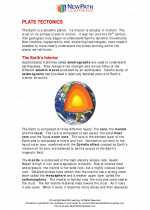 Plate tectonics
Plate tectonics  Activity Lesson
Activity Lesson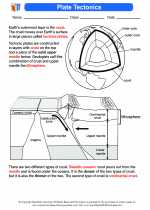 Plate Tectonics
Plate Tectonics  Worksheet/Answer key
Worksheet/Answer key Plate tectonics
Plate tectonics  Worksheet/Answer key
Worksheet/Answer key Plate tectonics
Plate tectonics  Worksheet/Answer key
Worksheet/Answer key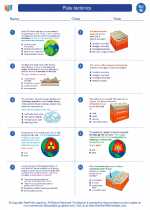 Plate tectonics
Plate tectonics  Worksheet/Answer key
Worksheet/Answer key Plate tectonics
Plate tectonics  Vocabulary/Answer key
Vocabulary/Answer key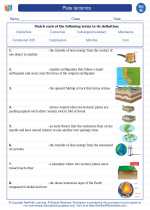 Plate tectonics
Plate tectonics  Vocabulary/Answer key
Vocabulary/Answer key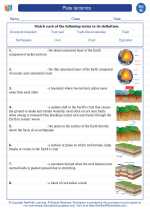 Plate tectonics
Plate tectonics  Vocabulary/Answer key
Vocabulary/Answer key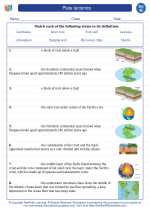 Plate tectonics
Plate tectonics  Vocabulary/Answer key
Vocabulary/Answer key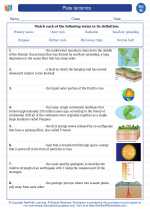 Plate tectonics
Plate tectonics  Vocabulary/Answer key
Vocabulary/Answer key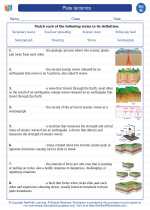 Plate tectonics
Plate tectonics  Vocabulary/Answer key
Vocabulary/Answer key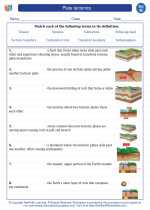 Plate tectonics
Plate tectonics  Vocabulary/Answer key
Vocabulary/Answer key Plate tectonics
Plate tectonics 

 Activity Lesson
Activity Lesson
 Worksheet/Answer key
Worksheet/Answer key
 Worksheet/Answer key
Worksheet/Answer key
 Worksheet/Answer key
Worksheet/Answer key
 Worksheet/Answer key
Worksheet/Answer key
 Vocabulary/Answer key
Vocabulary/Answer key
 Vocabulary/Answer key
Vocabulary/Answer key
 Vocabulary/Answer key
Vocabulary/Answer key
 Vocabulary/Answer key
Vocabulary/Answer key
 Vocabulary/Answer key
Vocabulary/Answer key
 Vocabulary/Answer key
Vocabulary/Answer key
 Vocabulary/Answer key
Vocabulary/Answer key
